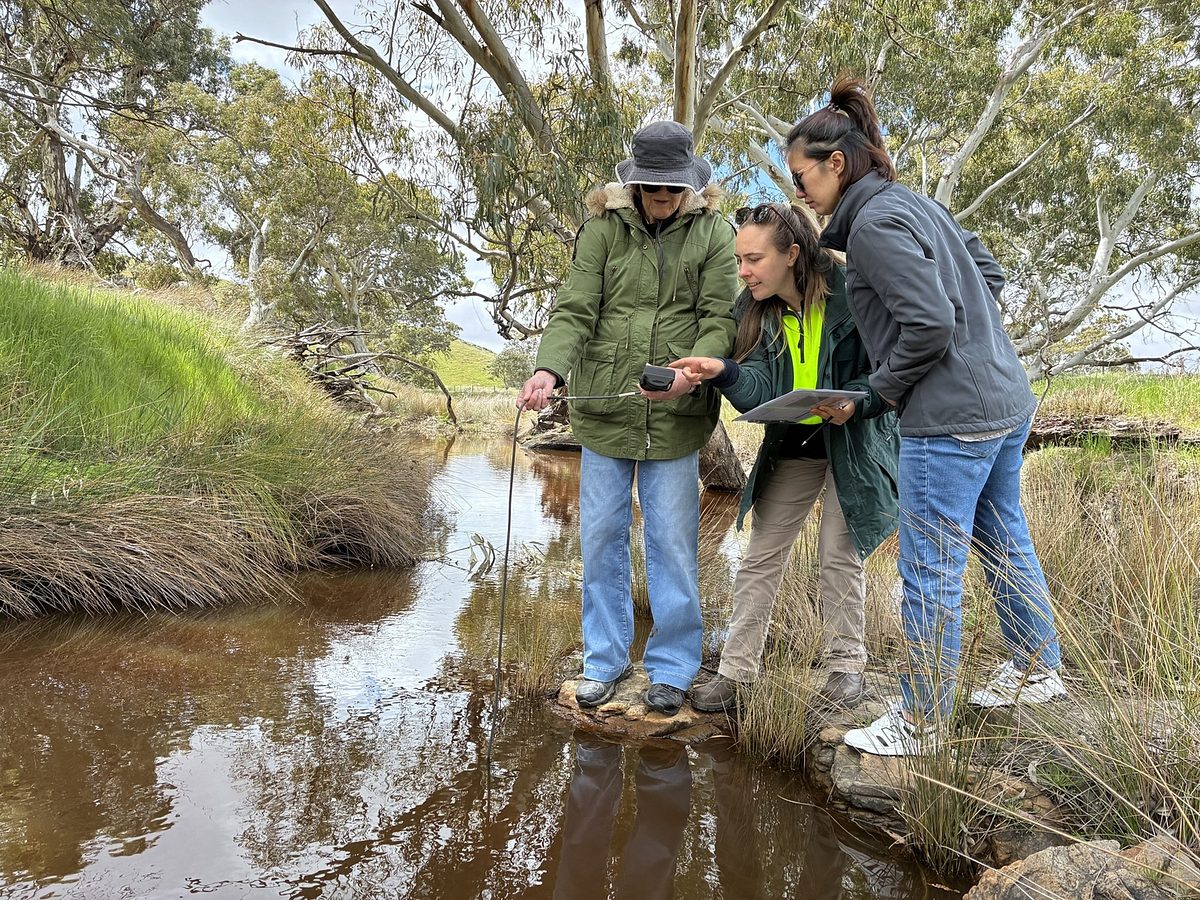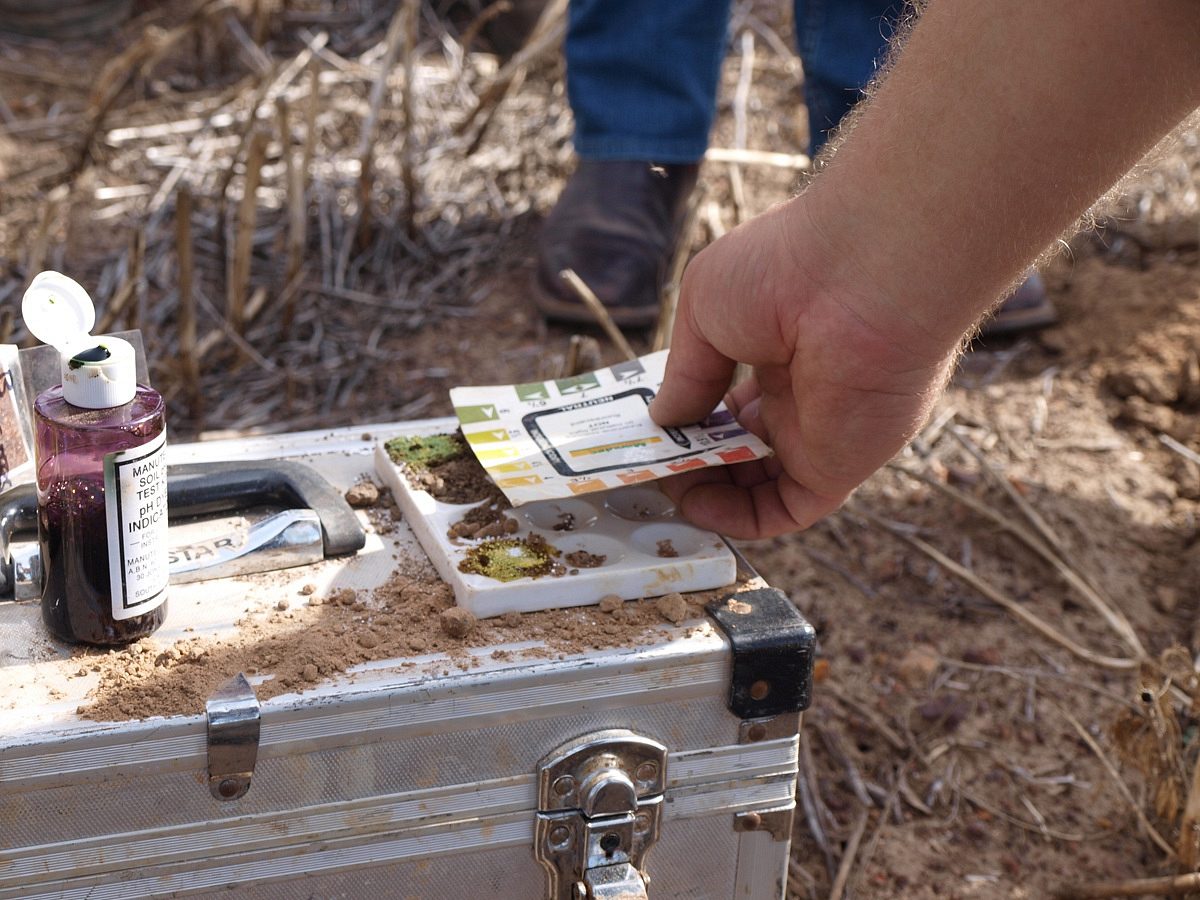Citizen scientists flood in to check health of state’s waterways
This year’s Waterbug Bioblitz has attracted strong interest from enthusiastic citizen scientists eager to play a role in protecting the health of South Australia’s catchments.
Events run by Landscapes Hills and Fleurieu sold out, and in the Barossa, the Northern and Yorke Landscape Board received double the number of participants compared to last year.
Waterbug Bioblitz is a series of one-day events that bring together community groups, individuals, landscape board staff and aquatic ecologists to collect as much information as possible about macroinvertebrates (waterbugs) and the water quality of a catchment.
They have run in the Hills and Fleurieu region since 2016, and since 2017 in the Murraylands and Riverland region. The Northern and Yorke Landscape Board joined the program last year, thanks to funding from the State Government’s Citizen Science Grant.
The family-friendly events encourage the community to get involved in caring for their patch, with participants receiving onsite training, conducting water quality testing and helping to identify the tiny creatures that serve as key indicators of freshwater health.
This work contributes valuable data into the National Waterbug Database via the SA Flora and Fauna Data Dashboard, which helps track long-term environmental trends, informs Water Allocation Plans and helps educate communities.

Landscapes Hills and Fleurieu Senior Stewardship Officer Dana Miles said the events were important to gain a better understanding of catchment health, with the added bonus of making some unique discoveries.
“You never know what you might find,” she said. “In 2023 we found the bizarre Gordian (horsehair) worm near Strathalbyn, and the year before that, we found a native fish called the obscure galaxias, which was looking very healthy and put back into the Finniss River.
“We also found a species called the vulture caddis, which was the first record in the Angas-Finniss in over 15 years, so a very rare find!”
The events hosted by Landscapes Hills and Fleurieu in November tested more than 25 sites across the Angas-Finniss and Bremer catchments.
Meanwhile, citizen scientists in the Northern and Yorke region were lucky to learn about some nature magic of their own in the form of a caddisfly. Spotted during a 2023 Waterbug Bioblitz event in Clare, this fascinating insect weaves a silk cocoon underwater, where it lives as a pupa. Then, in a remarkable metamorphosis, floats to the surface and emerges as a terrestrial insect.
At this year’s Barossa event at the end of October, Northern and Yorke Landscape Board’s Community Engagement Officer Liz Ninnes was surprised to scoop up a turtle. “It was a good find, because we are always hopeful that our rivers remain healthy enough to support biodiversity like turtles and frogs.”
The Barossa event was attended by 26 people, including 10 students from Barossa TAFE, who are studying conservation and ecosystem management, giving them an opportunity to put their learning into practice. This year’s Clare event at the end of September welcomed 4 new volunteers.

There was a differing picture of water health in the Marne Saunders catchment, where 21 people participated in a Waterbug Bioblitz event on 9 October. This catchment, which is in the Eastern Mount Lofty Ranges, contains the Marne River, Saunders Creek and their tributaries, which flow into the Murray River.
Murraylands and Riverland Landscape Board Citizen Science Project Officer Alice Woodward said 5 of the 11 sites tested were dry this year.
“We’re waiting on the results from this year’s event, but the health has been declining at some sites over the 9 years of this survey work,” she said. “At the same time, the information we’re collecting shows where the refuges are for the fish and macroinvertebrates.”
The landscape board released the first-ever Marne Saunders catchment report card in 2024 to provide an assessment of the catchment’s water quality, biodiversity and ecosystem health.
Available online, it is developed with input from Marne Saunders water licence holders, community members, experts and the Department for Environment and Water, and provides accessible, transparent information that supports informed decision-making.
Waterbug Bioblitz plays a vital role in strengthening our understanding of freshwater ecosystems at both a regional and national level.
This project is funded through the State Government’s Citizen Science Grant and supported by the Northern and Yorke Landscape Board, Landscapes Hills and Fleurieu, the Murraylands and Riverland Landscape Board, First Nations - Ngadjuri, Peramangk and Ngarrindjeri, the Department for Environment and Water, the Second Nature Conservancy, Barossa Australia and Clare Valley Wine & Grape Association.


